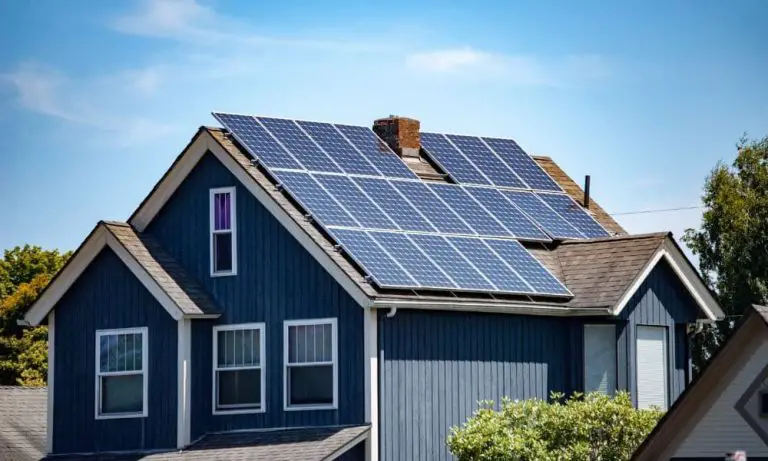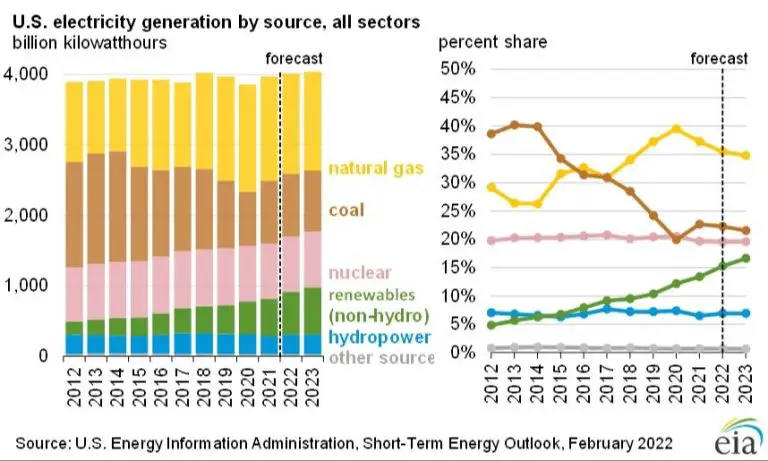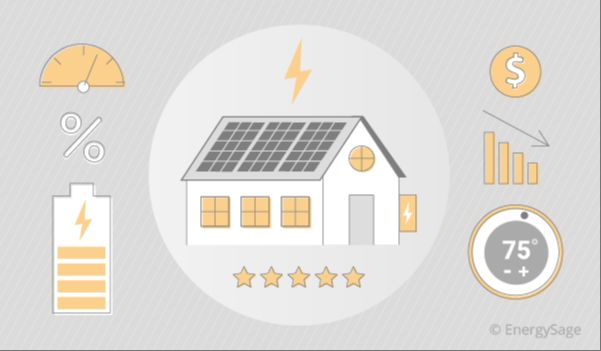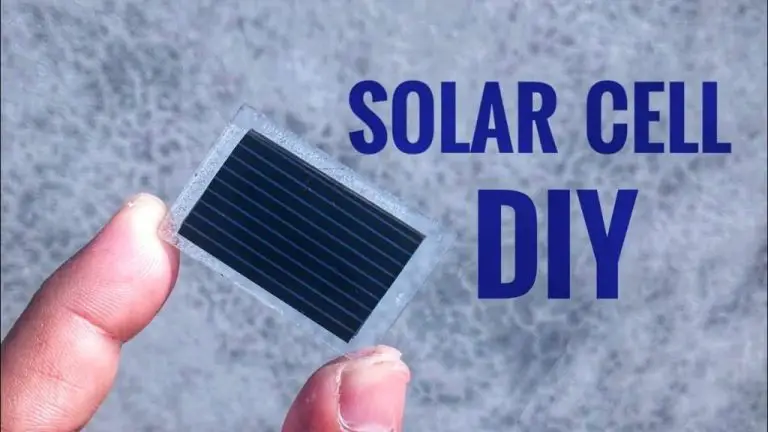What Size Solar Generator Do You Need To Run A House?
Solar generators provide a clean, renewable way to power homes and reduce reliance on the electrical grid. Portable solar generators with batteries allow homeowners to store solar energy captured during the day for use at night or during power outages. Determining the right size solar generator for your home depends on calculating your household’s electrical load and energy needs.
This article provides an overview of how to calculate your home’s energy usage and determine what size solar generator system you need to power appliances, lighting, HVAC and other electrical loads. We’ll look at key specifications like battery capacity, power output, and connectivity options when selecting a home solar generator. Practical considerations like expanding your solar energy system, installation, maintenance and costs will also be covered.
With the right solar generator system, you can effectively run your home with clean, renewable solar energy and reduce reliance on fossil fuels.
Calculate Your Power Usage
The first step in determining the right size solar generator for your home is to calculate your average and peak power needs. The average U.S. household consumes around 10,600 kWh of electricity per year, or about 30 kWh per day on average (EIA). However, power usage fluctuates throughout the day based on your usage of appliances and electronics.
To get a more accurate estimate, take a look at your monthly electric bills over the past year and calculate your average daily kWh usage. You can also use an appliance energy calculator to add up your major appliances’ typical energy draw. Remember to factor in peak usage times when multiple devices may be running simultaneously.
It’s also important to determine your peak power loads – the maximum power draw needed at any given time, such as when multiple appliances turn on at once. Examine your electric bills to find your household’s peak demand in kW, and add some extra capacity as a buffer.
Knowing both your average and peak power needs will help you size your solar generator appropriately to handle your regular loads as well as unexpected spikes in usage.
Size of Solar Generator Needed
The size of solar generator you need depends on your household’s power usage. To determine the right size, first calculate your average power consumption in watts. Add up the wattages of the essential appliances and devices you want to run during a power outage, including lighting, refrigerator, phone chargers, TV, fans, etc. Allow for some extra capacity as a buffer. Generally, a 2000-3000 watt solar generator system should be sufficient to power a typical household during an outage (EcoFlow).
For example, if you determine your total essential load is 1500 watts, a 2000 watt solar generator would give you a 33% buffer. Going above this size provides extra capacity to run more devices and appliances simultaneously. Larger systems around 3000-5000 watts can power heavier loads like well pumps, electric stoves, AC units etc. But they come at a higher cost. So focus on your actual requirements and size accordingly.
Portable solar generators usually range from 500-3000 watts. While fixed solar generator systems for whole home backup can go up to 10,000 watts or more. Make sure to choose a reputable brand like Jackery, EcoFlow, Anker etc. for reliable performance (Jackery).
Features to Look For
When shopping for a solar generator to power your home, there are several key features you’ll want to look for:
The inverter is one of the most important components. It converts the DC power stored in the batteries into standard 120V AC power that you can use to run household appliances and electronics. Look for a pure sine wave inverter, which produces the cleanest power and is safe for sensitive devices like laptops and phones (source).
Make sure the solar generator has enough outlets to connect all the devices and appliances you need to run. Having multiple 120V AC outlets as well as USB ports allows you to power lights, fridge, TV, phone charging, etc. Choose a solar generator with at least 3-4 AC outlets and 2-4 USB ports (source).
A charge controller regulates how the solar panels charge the batteries and prevents overcharging. Opt for an MPPT charge controller, which is more efficient, especially in low light conditions like cloudy weather. An MPPT charge controller will maximize power output from the solar panels (source).
Battery Capacity
Battery capacity and lifespan are crucial considerations when sizing a solar generator system. Lithium-ion batteries, commonly used in solar generators, can last over 5,000 cycles before their capacity reduces to 80% (1). This equates to 10+ years of regular use. To maximize battery lifespan, avoid fully draining batteries and store them at moderate temperatures.
When sizing your solar generator’s battery bank, focus on storage capacity rather than max power output. Calculate your average daily energy usage in watt-hours (Wh). Multiply this by 3-5 days for your minimum battery capacity. For example, a household using 5,000Wh per day would need a 15,000-25,000Wh battery bank to run essentials during a multi-day outage (1).
Adding more solar panels can extend runtimes, but the battery bank size ultimately determines sustained backup capacity. Lithium batteries provide the best longevity and performance for solar generators (2). Carefully research the expected lifespan and cycles of any battery before purchasing.
(1) https://www.anker.com/blogs/solar/how-long-do-solar-generators-last
(2) https://growattportable.com/blogs/news/how-long-do-solar-generators-last
Expanding Solar System
One of the key advantages of solar generators is the ability to expand the system over time by adding more solar panels and batteries. For example, the Bluetti AC300 solar generator allows you to start small with a 3,000W base unit and expand up to 12,300Wh total capacity simply by adding external battery modules like the compact B300 (BLUETTI Expandable Portable Power Station).
Adding more solar panels increases the recharge rate so you can refill the batteries faster on sunny days. Extra battery modules increase the overall energy storage so you can run high-power devices for longer periods. With modular systems like Bluetti’s, you buy what you need upfront and expand the system over time by adding more panels and batteries.
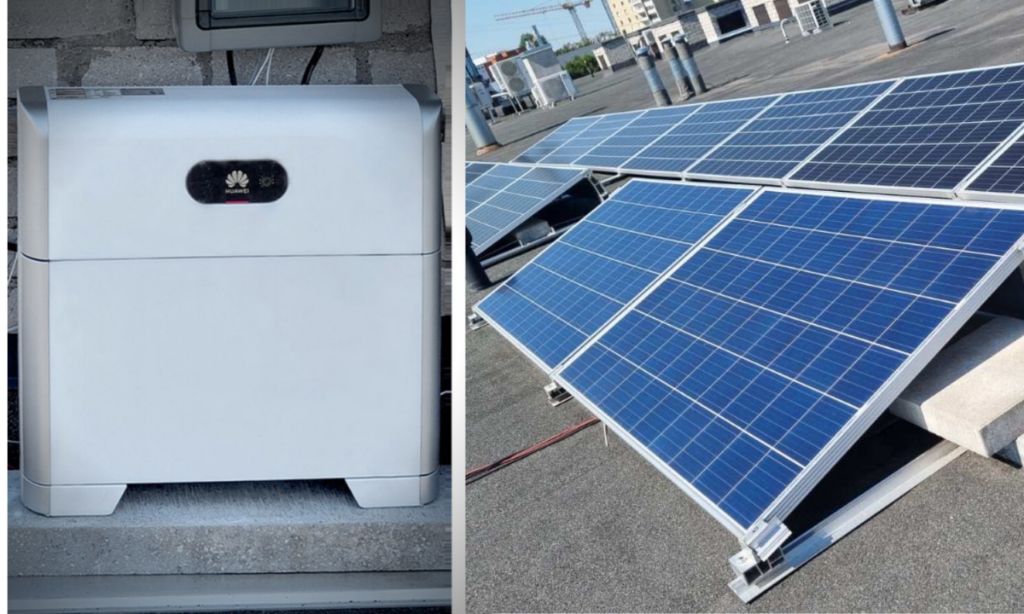
Starting with a medium-sized 3,000W solar generator provides enough capacity to run most household essentials. You can then grow the system to hold multiple days’ worth of backup power as your needs increase. The benefit of modular, expandable solar generators is you only pay for what you need today while retaining the flexibility to add more capacity as your energy demands grow.
Installation
Proper installation of a solar generator system is crucial for safety and optimal performance. Here are some key considerations when installing a solar generator in your home:
Placement: The solar panels should be situated in a spot that receives consistent, unobstructed sunlight throughout the day – usually south-facing rooftops or ground mounts work best. Panels should be angled based on your latitude to optimize energy production.[1]
Wiring: A licensed electrician should connect the solar generator to your home’s electrical panel and install a transfer switch, which safely isolates the solar system from the main grid.[2] Proper wiring size should be used to handle the solar generator’s output capacity.
Permits: Building permits are typically required for permanently installed solar generators. Check with your local permitting office on specific requirements for plan submittal and inspection.
Maintenance
Proper maintenance is critical for getting the most out of your solar generator system and extending its lifetime. Two key maintenance tasks are cleaning the solar panels regularly and checking the condition of the batteries.
Solar panels should be cleaned at least every six months using a soft brush and mild detergent to remove any dirt, dust, bird droppings, etc. Regular cleaning allows the panels to absorb sunlight more efficiently. As this source notes, cleaning every 3-4 months can optimize performance. Avoid using abrasive materials when cleaning.
The batteries in solar generators, often lithium-ion, also require care. As explained by this guide, the batteries should be checked for swelling or damage and charged regularly even when not in use. Storing the batteries at moderate temperatures can extend their lifespan. Letting the charge drop too low or exposing batteries to extreme heat shortens it.
Other maintenance like inspecting wiring and checking inverter operation can also help solar generators run smoothly for years. With periodic cleaning and battery care, solar generators can provide reliable off-grid power.
Costs
The cost of a solar generator system can vary widely based on the size and features. Smaller portable generators designed to charge phones and run a few appliances may cost a few hundred dollars. Larger systems capable of powering an entire house range from $5,000 on the low end to $50,000 or more for high-end installations.
According to EcoFlow, installation costs for a permanent rooftop solar power system typically range from $9,200 to $28,000. Portable solar generators that can provide backup power start around $1,000 for basic models and go up to $5,000 or more for heavy-duty portable power stations.
Anker estimates solar generators capable of powering essentials cost $1,000 to $3,000. More sophisticated systems with higher capacities can cost anywhere from $5,000 to $15,000 or more. The specific price depends on factors like battery capacity, solar panel wattage, outlets and features.
Onithome reports that a mid-range solar generator costing around $7,000 to $10,000 can offer 1,000 to 2,000 watts, enough to power fridges, freezers, some appliances and several lights. The most powerful generators for whole home backup cost $10,000 to $50,000 and provide 5,000 watts or more.
Case Studies
Real-world examples provide valuable insights into how solar generators can power homes. In one case study documented in “Solar Case Study: 7.4 kW Home Power Generator” (https://www.energysage.com/project/6622/whole-house-solar-generator-case-study/), a 7.4 kW solar system was installed on a roof in Massachusetts to provide backup power to the home. The system included 28 panels and was able to provide 90% of the home’s power needs. During a blackout, the solar generator kept critical loads like refrigerators and pumps operational.
Another case study in Maine utilized a 8 kW ground-mount solar system to power a 2,800 square foot home (https://books.apple.com/us/book/solar-case-study-7-4-kw-home-power-generator/id767715515). This off-grid system charged a battery bank that could provide 3-5 days of backup power. By pairing the solar panels with an appropriately sized inverter and battery storage, the homeowner was able to eliminate electric bills and have reliable energy even during grid outages. These real-world examples demonstrate solar generators successfully powering typical family homes.

